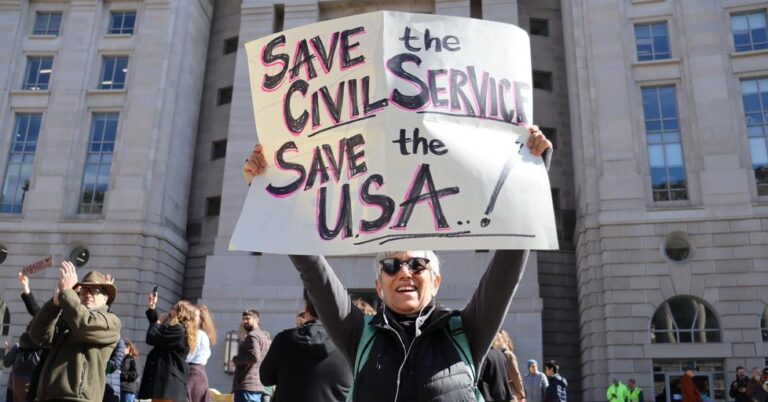Yesterday, the Department of Labor announced the final overtime rule, which will take effect on December 1 this year, and employers will have six months to comply. The final rule raises the salary threshold from $455 per week to $913 per week, or $47,476 per year. The rule will also automatically update this salary threshold every three years.
The New York Times editorial board praised the new overtime rule, calling it a “rare victory for fair pay.” Employers can respond to the new overtime rule in different ways: changing the pay structure for employees below the new threshold to an hourly rate; raising employees’ salaries above the threshold; hiring new people to do the work performed by those putting in unpaid overtime; or cutting the base salaries for employees who work over 40 hours a week, anticipating additional overtime pay. The board explained the new threshold will make about one-third of salaried employers eligible for overtime pay, as opposed to the current seven percent.
According to Politico, House Republicans are already considering using the appropriations process to block the new overtime rule. Rep. Tom Cole of Oklahoma, who heads the Labor-HHS-Education subcommittee, suggests they are considering attaching a rider to undo the rule.
Small businesses have expressed worry that the new rule will clash with their entrepreneurial business models, according to the New York Times. One small business owner explained her company is currently flexible, allowing employees to leave work for a few hours when necessary for personal reasons, and that tracking hours will get in the way of that flexibility. Indeed, private employers will no longer be able to offer comp time–giving employees who work extra time now time off later–for employees making under the threshold, although that will be permitted in the public sector. Another business owner, looking at his options, suggested he may hire more freelancers and independent contractors, at least at busier times of the year.
Politico reports the White House issued its spring regulatory agenda, including future Labor Department rulemakings. The Department of Defense and other agencies are set to release the “blacklisting” rule in August, which requires federal contractors to disclose past labor and employment law violations, and subjects egregious offenders to debarment. You can read the regulatory agenda here.






Daily News & Commentary
Start your day with our roundup of the latest labor developments. See all
December 4
Unionized journalists win arbitration concerning AI, Starbucks challenges two NLRB rulings in the Fifth Circuit, and Philadelphia transit workers resume contract negotiations.
December 3
The Trump administration seeks to appeal a federal judge’s order that protects the CBAs of employees within the federal workforce; the U.S. Department of Labor launches an initiative to investigate violations of the H-1B visa program; and a union files a petition to form a bargaining unit for employees at the Met.
December 2
Fourth Circuit rejects broad reading of NLRA’s managerial exception; OPM cancels reduced tuition program for federal employees; Starbucks will pay $39 million for violating New York City’s Fair Workweek law; Mamdani and Sanders join striking baristas outside a Brooklyn Starbucks.
December 1
California farmworkers defend state labor law, cities consider requiring companies to hire delivery drivers, Supreme Court takes FAA last-mile drivers case.
November 30
In today’s news and commentary, the MSPB issues its first precedential ruling since regaining a quorum; Amazon workers lead strikes and demonstrations in multiple countries; and Starbucks workers expand their indefinite strike to additional locations. Last week, the Merit Systems Protection Board (MSPB) released its first precedential decision in eight months. The MSPB had been […]
November 28
Lawsuit against EEOC for failure to investigate disparate-impact claims dismissed; DHS to end TPS for Haiti; Appeal of Cemex decision in Ninth Circuit may soon resume